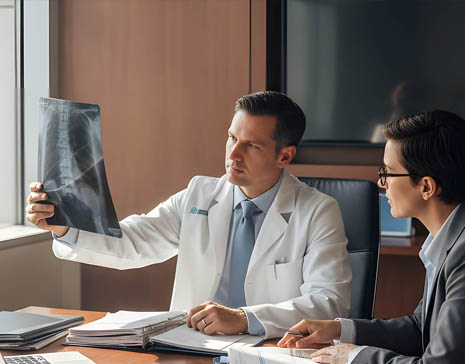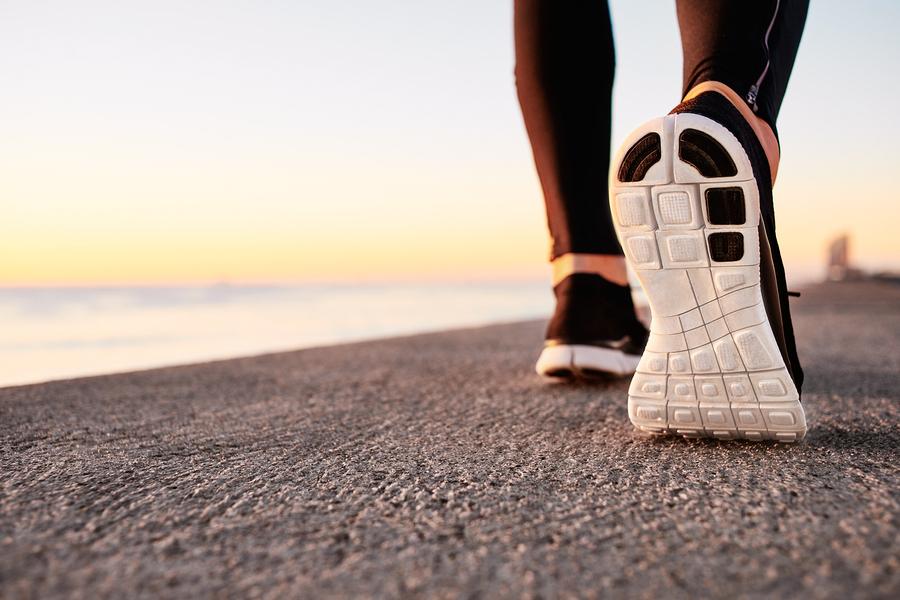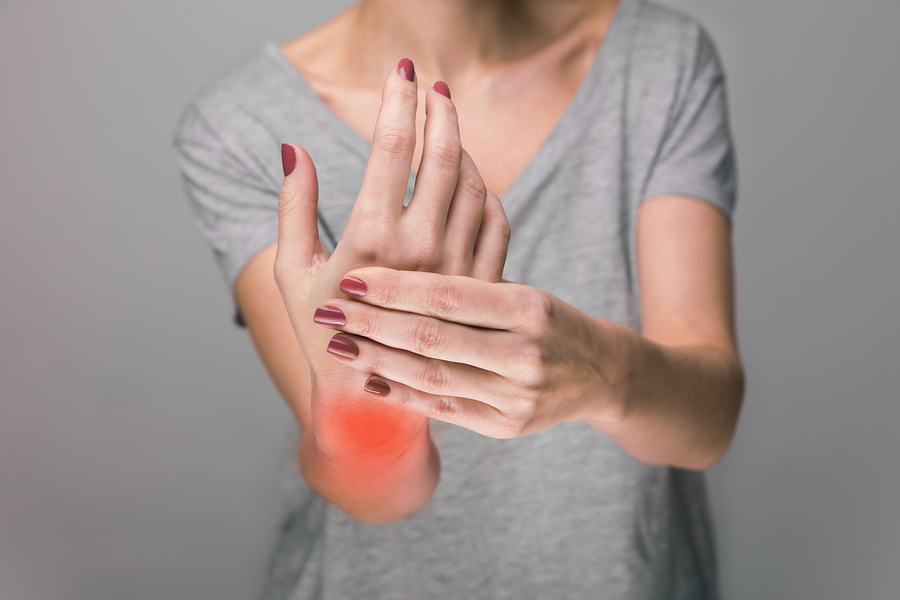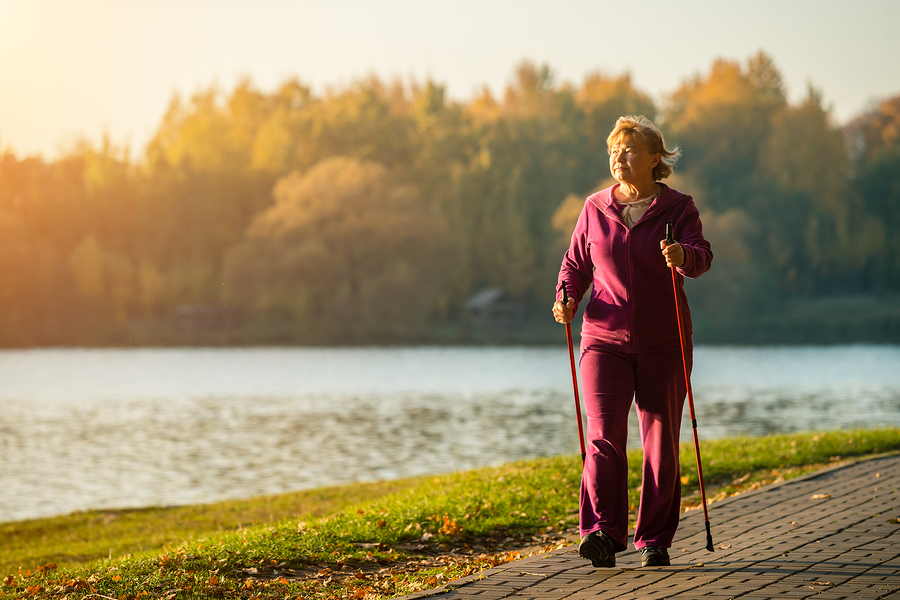The feet are some of the most densely packed parts of the body, containing 33 joints, 26 bones, and over 100 muscles, tendons and ligaments. The chance of problems arising in the feet are quite high, whether through the tolls of general living or through genetic predisposition.
Common Orthopedic Problems
Common orthopedic problems include arthritis, broken bones and bunions, as well as corns and calluses. Issues with the arches of the feet can be a real problem for many people. This could either be because the arches are too high – known as cavus foot – or too low, causing flat feet or fallen arches. All of these issues can be treated by medical professionals, either to get rid of the problem or to alleviate symptoms, such as pain or swelling.
Arthritis
Arthritis is a widely experienced problem, particularly in older people. Arthritis is technically a problem in the joints, and is characterised as when the cartilage and the lining of the joints becomes inflamed and swollen. When this happens, the patient can quickly begin to experience pain and discomfort.
The inflammation can also cause fluid to build up in the joints. There are several contributing factors as to why a person might develop arthritis, such as an injury, an infection or the fact that a person has smoked for a long time. Additionally, a person why works in a physically demanding job may find that they are more likely to develop arthritis than someone who does light work.
Arthritis can also be caused by genetic factors and passed down from one generation to the next.
Broken Bones
Broken bones are quite common in the feet. This is because of the high impact of various activities such as sports, accidents or simply a bump or fall. The breaks can be as small as fractures or more significant injuries.
Broken ankles and other broken bones in the feet are normally accompanied by immediate pain, bruising, a deformed appearance and swelling.
In some instances surgery may be required in order to heal broken bones in the foot, but often a compression dressing and a period of rest will enable the body to repair itself. If a wound has occurred as a result of a broken bone then the potential for infection also exists and should be treated accordingly.
Bun
Bunions
Bunions are the result of years of the bones in the feet becoming deformed. The bump so often associated with bunions is the outward view of the bones slowly changing position and becoming misaligned.
Bunions can cause soreness and pain, or possibly a burning sensation. Unfortunately, bunions are often caused by a predisposition to the condition. There are non-surgical treatment options to relieve the symptoms of a bunion, such as bunion pads, orthotics, specific footwear and the use of painkillers. You may also try using an ice pack in order to reduce any inflammation.
Surgery is generally the only option for truly correcting a bunion. This could either involve the use of pins and wires to keep the bones in place while they heal correctly, or alternatively the relevant part of the bone may be cut away and removed. The recovery period after bunion surgery can be as long as three months.
Arch Problems
Arch problems can either be due to the arch being too high, or the arch falling flat during childhood development.
High arches – or cavus foot – put too much weight on the parts of the foot that touch the ground, which can cause pain or problems with being stable. Flat feet are less of an issue, though they may cause problems for joints such as the knees or the hips as the flat feet cause misalignment.
Causes of Orthopedic Feet Problems
Many of the aforementioned problems can be contributed to if you wear badly-fitting shoes, but simple old age issues and being overweight can exacerbate these issues. If you are experiencing any of these problems then consulting a medical professional is advised to prevent any further injury to the feet.
The health of your feet is one of the most important things to consider when it comes to your mobility and general quality of life. If you lose the function in one or both of your feet then you will find the majority of day to day tasks much more difficult than you usually would.
If the problem that you are experiencing is a permanent issue, then you may find you need help to care for yourself and this can pose further problems. Always wearing appropriate footwear, exercising regularly and taking care of your body through a healthy diet are all useful ways to help to prevent a problem from arising.
Making the time to check in with a healthcare professional at least once a year is also an advisable way to always be on top of your health. Catching any problems before they become too serious will give you a greater chance of limiting the potential for ongoing damage.
References
1) https://www.nlm.nih.gov/medlineplus/footinjuriesanddisorders.html
2) http://www.arthritisresearchuk.org/arthritis-information/conditions/arthritis/causes.aspx
Related Posts
Cigarettes May Inhibit Inflammation Treatments
Axial spondyloarthritis, also known as AxSpa, is a chronic…











